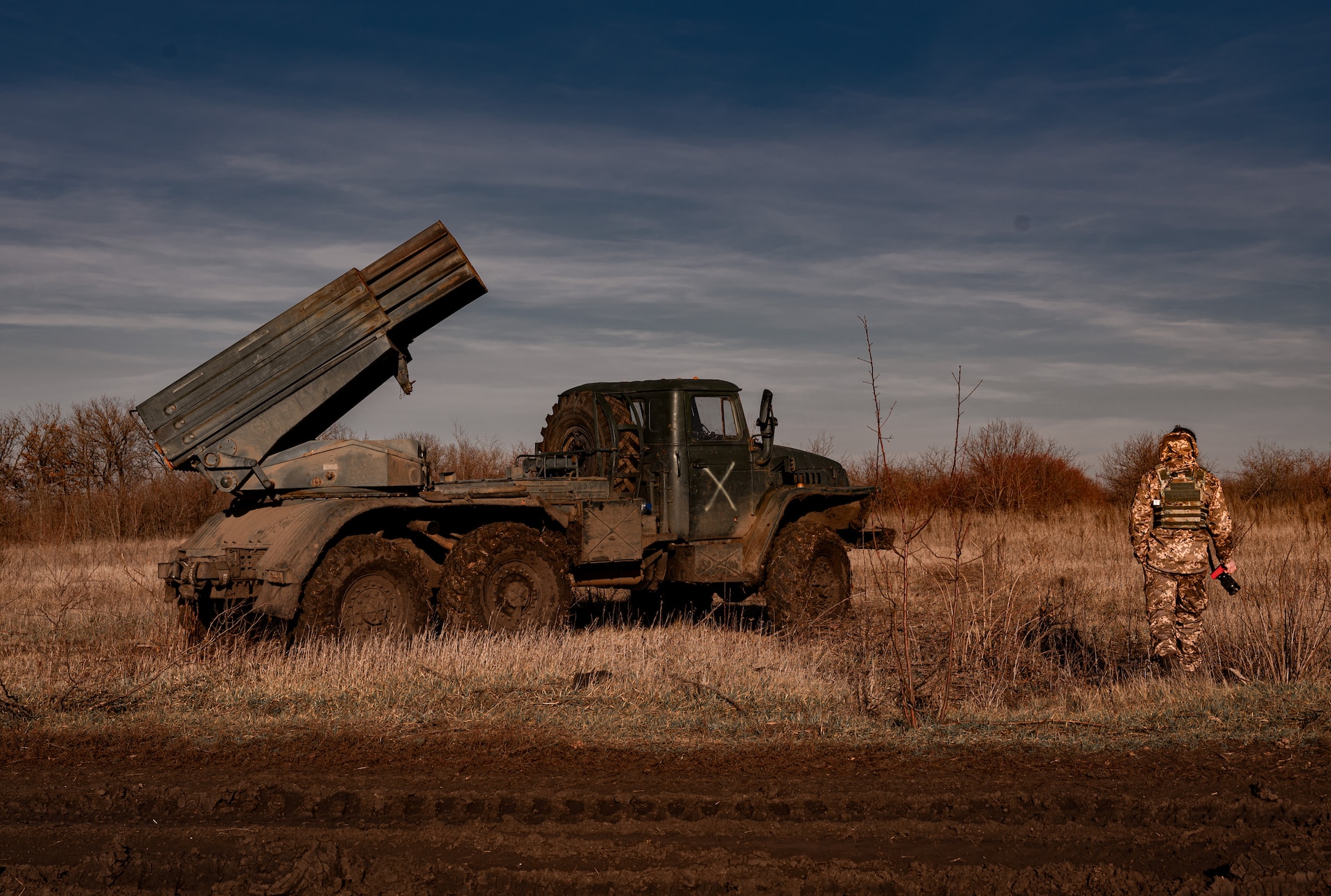The recognition of an accounting error by the Pentagon has freed up an additional $6.2 billion in US security assistance for Ukraine. Those funds will be ever-more critical with confirmed losses of armored vehicles in Ukraine’s ongoing southern offensive already piling up into the hundreds. Ukrainian gains have been relatively marginal thus far due to the deeply entrenched defenses in the region, as well as Russian air superiority. These difficulties will likely make the case for the US and its European allies to increase the scope of equipment and vehicles they are willing to provide to the Ukrainian armed forces in coming weeks and months.
The US government is relying more heavily on direct orders with defense contractors to supply Ukraine, as opposed to drawdowns of their own Department of Defense stockpiles that have been thinned out significantly. Moreover, recent reports show equipment deliveries coming out of inventory run the risk of being defective or poorly maintained while sitting in warehouses.
Related ETF: SPDR S&P Aerospace & Defense ETF (XAR)
Last week, the Pentagon announced that an accounting error caused it to overestimate the cost of security assistance provided to Ukraine over the past two years, having calculated an error of $3.6 billion in the current fiscal year and $2.6 billion in the 2022 fiscal year. That cut its actual expenditure from more than $40 billion since Russia’s formal invasion of Ukraine on February 24, 2022, to less than $34 billion. That will free up an additional $6.2 billion surplus for future security packages. Though the valuation of the ammunition, vehicles, and other equipment has been drawn down from Department of Defense (DoD) inventories has been adjusted to reflect net book value, as opposed to replacement cost, the drain on its material resources remains just as taxing.
MRP has repeatedly highlighted the ongoing replacement crisis the DoD now faces across various forms of stockpiled equipment, particularly in regard to artillery rounds and missiles, and those issues have spread to allied nations in Europe as well. The US is now relying less on its thinning inventories to supply the Ukrainian armed forces, which are not only dangerously low in some cases, but end up offloading defective or broken-down equipment that may not have been sufficiently maintained while in storage. Billions of dollars in Pentagon orders for new equipment from its contractors will pile on top of $800 million in outstanding arms orders from the Ukrainian government that are still partly or completely unfilled, according to the New York Times. Manufacturers like Lockheed Martin have actively invested in expanding their output of weaponry that is key to the Ukrainian war effort, particularly high-mobility artillery rocket systems (HIMARS) and Javelin anti-armor missiles.
The Ukrainian armed forces are now more than three weeks into their long-anticipated southern offensive, focused on reclaiming several major cities and slicing Russian supply lines in the Zaporizhzhia Oblast. In pursuit of those goals, it appears that attrition of western-supplied equipment is…
To read the complete Intelligence Briefing, current All-Access clients, SIGN IN All-Access clients receive the full-spectrum of MRP’s research, including daily investment insights and unlimited use of our online research archive. For a free trial of MRP’s All-Access membership, or to save 50% on your first year by signing up now, CLICK HERE










